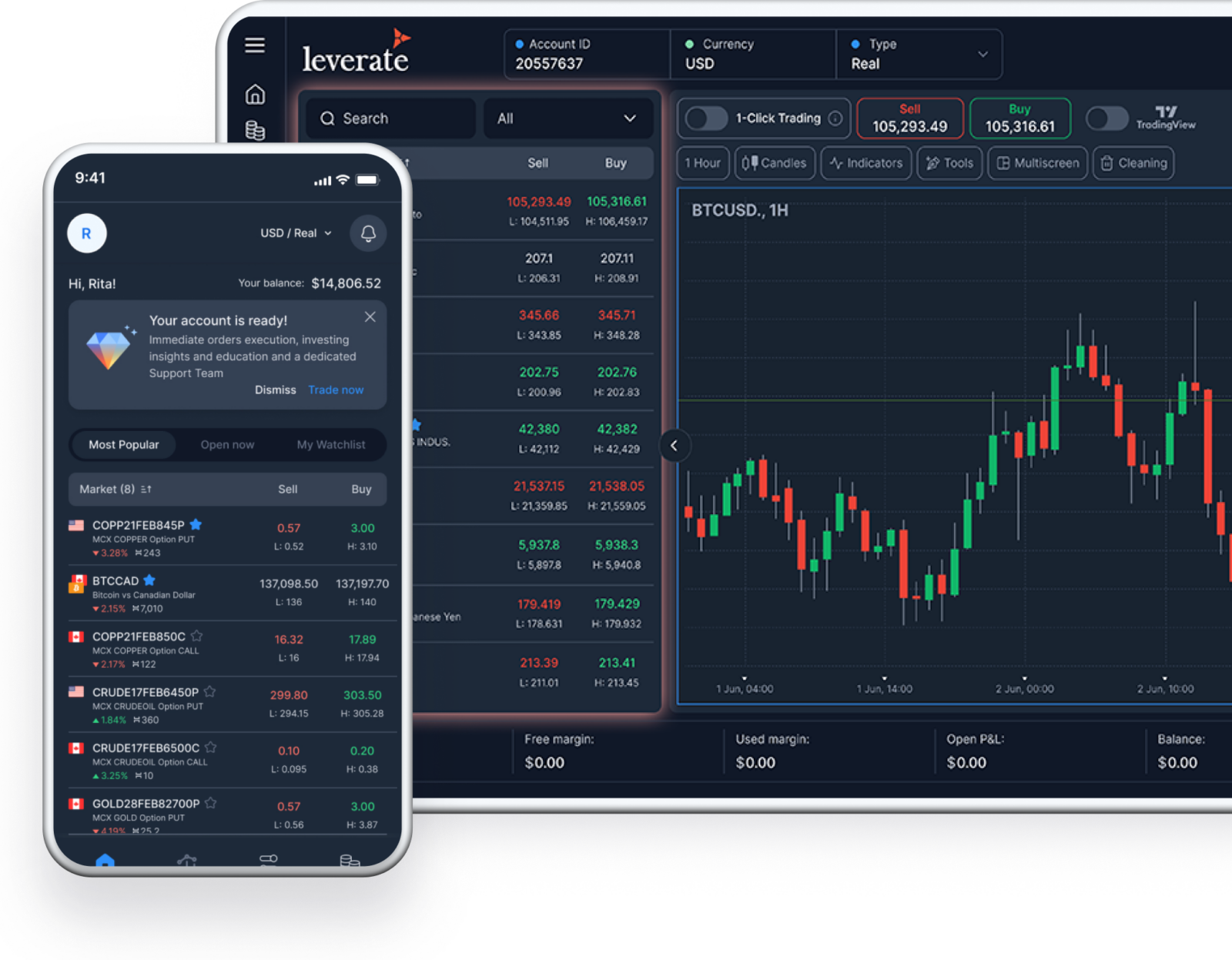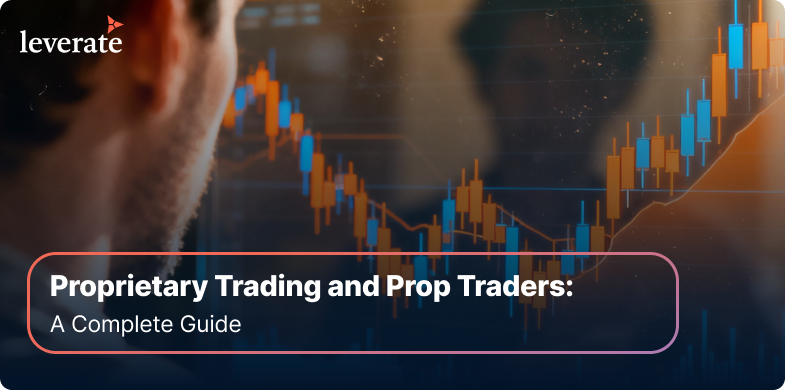In accordance with its press release from late March, ESMA, the European Securities and Markets Authority, is extending its restriction on the sale, marketing, and distribution of Contracts for Differences, or CFDs, to retail clients. The ban comes back into effect from 1 May 2019 until the end of July 2019. ESMA has determined that sufficient risk to investors exists to warrant an extension of the ban that has been in place since the beginning of August 2018.
To those who are not familiar with the term, CFDs are financial contracts set up between two parties where the seller will pay the buyer the difference between the current value of an asset and the value when the contract reaches maturity. If the contract value difference of the asset at maturity is positive, then the CFD buyer is rewarded with the positive amount. If the contract value is negative, then the buyer pays the difference to the seller. In effect, CFDs are like call options, but the buyer can be subject to a significant loss if the asset drops in value. With an option, the buyer will simply lose the price paid for the option. With a CFD, the buyer’s loss is unlimited to the downside.
ESMA’s restriction is dependent on the finalization of a set of rules to govern CFD trading. One of the major requirements is the establishment of leverage limits set by the seller of the contract. These range from 30:1 to 2:1 depending on the volatility of the underlying asset. For example, 30:1 applies to currency pairs, while 2:1 would apply to cryptocurrencies.
A margin close-out rule will also be put in place. This would limit the percentage of margin to 50% of the minimum required margin, at which point the CFD seller would be obliged to close out the position. In addition, there would be negative balance protection that would loss limit of any individual trade. This would protect CFD buyers should markets drop dramatically, exposing the retail investor to open-ended risk. This brings the CFD contract more in line with the limited loss liability of a call option contract. CFD sellers would also have their rights restricted with regard to the level of promotion and advertising for CFD contracts, and an additional risk warning would be required clearly indicating the level of risk to which CFD buyers would be exposed.
Issues have also been addressed regarding a number of technical issues regarding risk warnings submitted by the CFD sellers. These involve the number of characters used in the warnings that were imposed by third-party marketing providers. ESMA has approved the introduction of reduced character risk warnings, but this reduced character warning would only be acceptable if the warnings themselves contained the web page of the CFD provider, where the full warning would have to be displayed. [more_in]
ESMA’s renewal decision does not come as a surprise to the European Forex industry, as both brokers and traders have been expecting ESMA to stay on course. As in the past, brokers who want to play by the rules and attract prestige clientele will have to adapt, while traders who are hunting for big risks will have to take their trading elsewhere.















